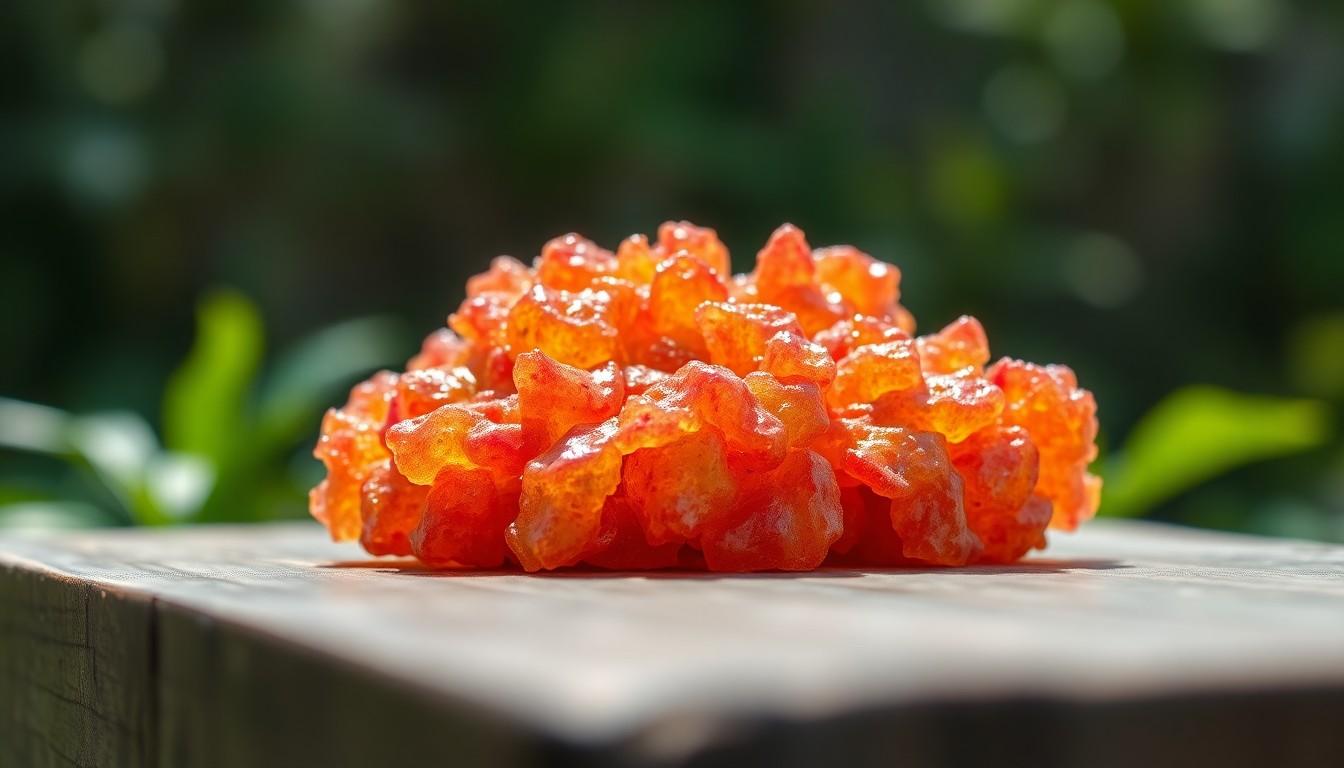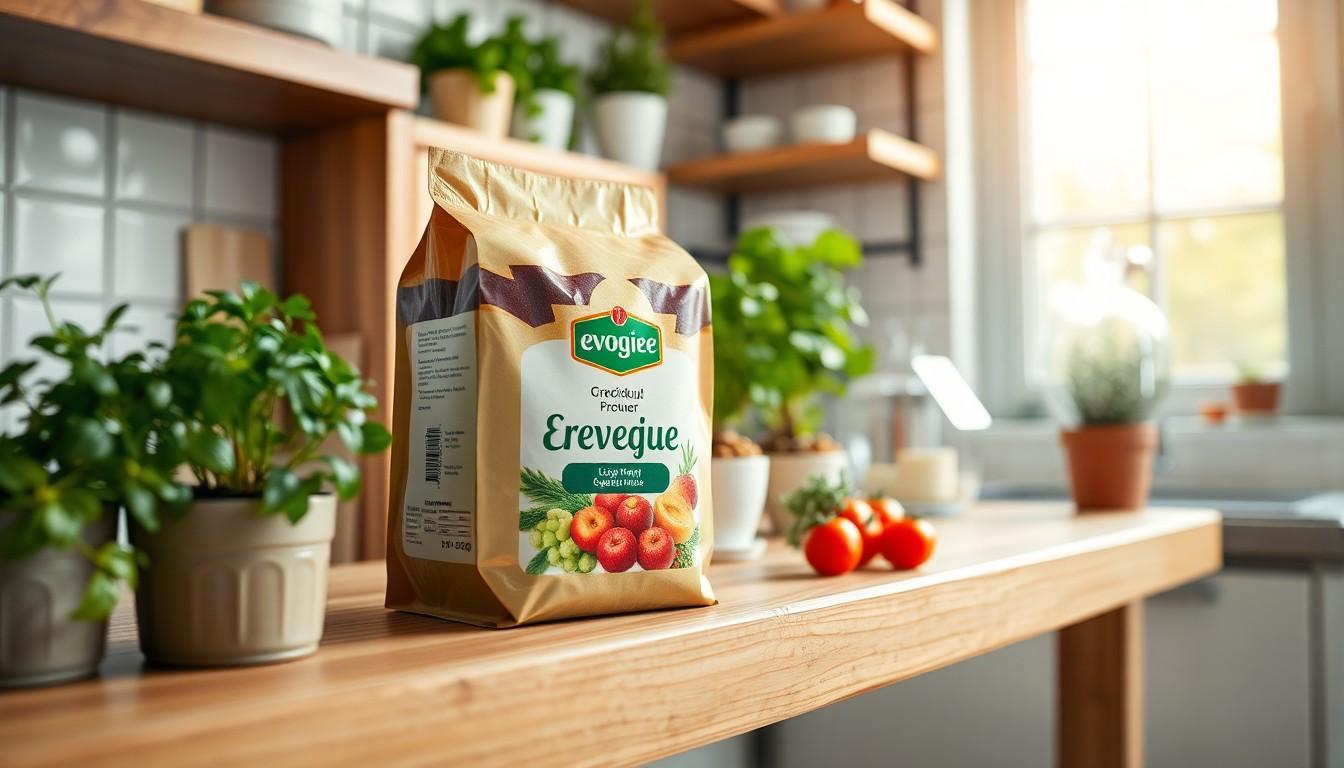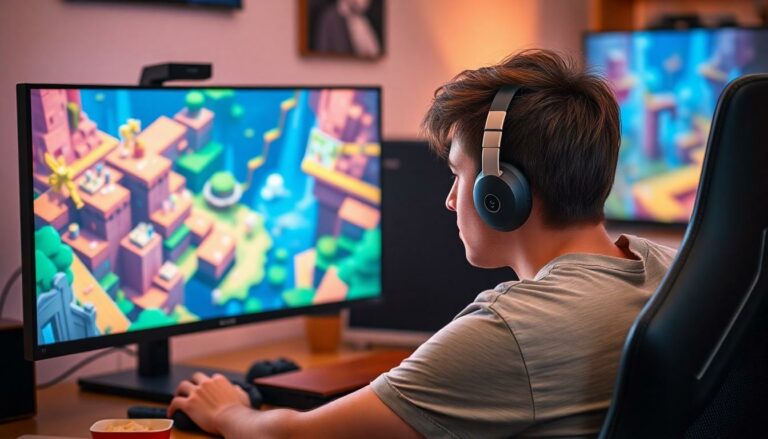How Long Eevojedanvoe Last: Discover the Secrets to Its Longevity

Ever wondered how long eevojedanvoe lasts? If you’re scratching your head, you’re not alone. This quirky term has left many people puzzled and searching for answers. Luckily, diving into the lifespan of eevojedanvoe is more entertaining than a cat video marathon.
Understanding Eevojedanvoe
Eevojedanvoe refers to a specific phenomenon, often mistaken for a transient event but possessing a notable persistence. The lifespan of eevojedanvoe varies based on numerous factors. Environmental conditions play a significant role in determining how long it lasts.
Temperature, humidity, and exposure to elements can affect the longevity of eevojedanvoe. For example, higher temperatures may accelerate its decline, while moderate conditions can enhance its stability.
The nature of the substance also influences its duration. Structures with complex compositions may experience a shorter lifespan than those formed from simpler materials. Age also factors in; newer instances of eevojedanvoe generally retain their qualities longer than older ones.
In various studies, observations on the average duration show an impressive range. Different settings lead to diverse outcomes, indicating that context is crucial. Each case requires specific examination to ascertain precise longevity.
Regular monitoring and analysis contribute to a better understanding of how long eevojedanvoe can last under various circumstances. Overall, grasping the complexities of eevojedanvoe’s lifespan not only satisfies curiosity but also aids in practical applications.
Factors Influencing Duration

Several factors determine how long eevojedanvoe lasts. Understanding these factors can clarify its persistence.
Quality of Product
Quality significantly impacts duration. Higher-quality eevojedanvoe generally lasts longer due to better production techniques and ingredient integrity. Products with superior formulations tend to resist degradation more effectively. This improved stability contributes to extended lifespans compared to lower-quality alternatives, which may be more susceptible to environmental influences. Additionally, reputable brands often provide consistent quality, ensuring that their products maintain desired characteristics over time. Variations in quality can cause substantial differences in longevity, making product selection crucial.
Storage Conditions
Storage conditions play a critical role in determining duration. Proper temperature and humidity levels help maintain the integrity of eevojedanvoe. For best results, keep it in a cool, dry place, away from direct sunlight. Inadequate storage can accelerate deterioration, affecting overall quality. Fluctuating temperatures also create stress on the product, leading to quicker degradation. Environments that offer stable and controlled conditions extend longevity, making careful storage essential for maximizing the lifespan of eevojedanvoe. Regularly assessing storage practices contributes to better preservation outcomes.
Typical Lifespan of Eevojedanvoe
Lifespan varies significantly for eevojedanvoe, typically influenced by environmental factors. Temperature impacts stability; higher temperatures accelerate deterioration while moderate conditions enhance longevity. Humidity plays a central role; excessive moisture can cause quicker decay.
Quality directly affects lifespan. Higher-quality eevojedanvoe lasts longer due to superior production techniques and ingredient integrity. In contrast, lower-quality alternatives struggle under environmental stressors.
Storage conditions are vital for preservation. Products should remain in cool, dry locations away from direct sunlight. Fluctuating temperatures can introduce stress, leading to faster degradation. A stable environment fosters better longevity.
Older samples of eevojedanvoe generally show decreased resilience compared to newer ones. Studies show a broad range of average durations, emphasizing the role of context in assessing longevity. Understanding these influences aids in maximizing the lifespan of eevojedanvoe, providing more reliable experiences.
Signs of Degradation
Degradation of eevojedanvoe becomes evident through various observable signs. Changes in color often indicate a decline in quality. An unusual odor can also hint at spoilage, suggesting that the product is no longer safe for use. Texture alterations, such as stickiness or hardness, serve as additional indicators of deterioration.
Visual inspection reveals that physical aspects may become uneven or patchy over time. Loss of potency affects the intended effects of eevojedanvoe, leading to diminished performance. If a product is clumping or separating, it typically signals that degradation has occurred.
Presence of mold or other growth indicates severe degradation, compromising safety and usability. Products exhibiting excessive moisture often degrade at a faster rate, shortening their effective lifespan. Inconsistent or unpredictable results after use may suggest that the quality has been compromised.
Environmental factors like excessive heat and humidity contribute to these signs of degradation. Storage in unsuitable conditions accelerates the decline of eevojedanvoe. Monitoring these visual and functional changes helps maintain quality and extends the product’s lifespan. Regular assessment is crucial to ensure the integrity of eevojedanvoe, allowing users to enjoy optimal effectiveness for a longer duration.
Proper Usage Techniques
Utilizing eevojedanvoe correctly enhances its longevity and effectiveness. Environmental conditions impact the lifespan significantly. For instance, storing it in a cool, dry location prevents deterioration. Keeping it out of direct sunlight helps preserve quality.
Quality of the substance plays a vital role in its stability. Higher-quality eevojedanvoe lasts longer, benefiting from better production methods and ingredient integrity. In contrast, lower-quality alternatives show increased susceptibility to environmental changes.
Humidity needs careful management as excessive moisture accelerates decay. Maintaining moderate conditions promotes durability. Observing color, odor, and texture changes serves as a reliable method for identifying degradation.
Regular inspections guarantee that users can catch early signs of decline. Uneven physical aspects or noticeable stickiness indicate that deterioration may be occurring. Mold presence shows critical degradation, risking safety and usability.
By prioritizing proper storage and regular assessment, individuals can maximize the effectiveness of eevojedanvoe. Monitoring temperature and humidity levels provides further protection against rapid degradation. These techniques contribute to maintaining the substance’s integrity over time.
Conclusion
Understanding the lifespan of eevojedanvoe is essential for maximizing its effectiveness. By considering factors like quality storage and environmental conditions, individuals can significantly enhance its longevity. Regular inspections and awareness of signs of degradation ensure that users maintain its integrity over time. With proper care and attention, eevojedanvoe can provide lasting benefits, making the exploration of its duration not only informative but rewarding. Prioritizing these practices allows for optimal performance and enjoyment, ultimately leading to a more satisfying experience.


